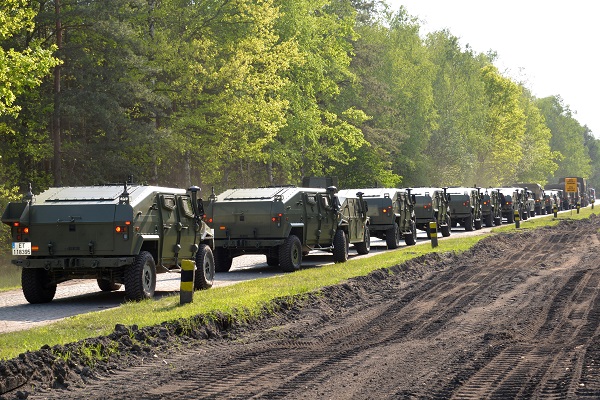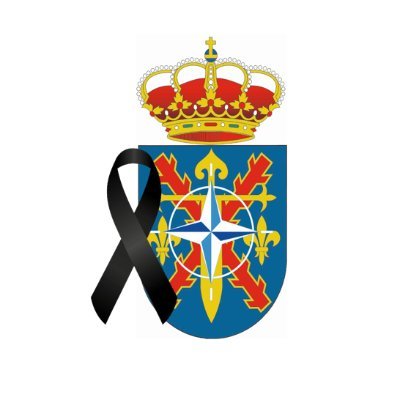- Hasiera
- UNITATEAK
- Valencia
- Texto no traducido
- Historia
- indexnew
MENÚ UNIDAD
EJERTZITOAREN UNITATEAK
- Araba Álava |
- Albacete |
- Alicante |
- Almería |
- Asturias |
- Ávila |
- Badajoz |
- Barcelona |
- Burgos |
- Cáceres |
- Cádiz |
- Cantabria |
- Castellón |
- Ceuta |
- Ciudad Real |
- Córdoba |
- A Coruña |
- Cuenca |
- Girona |
- Granada |
- Guadalajara |
- Gipuzkoa |
- Huelva |
- Huesca |
- Islas Baleares |
- Jaén |
- León |
- Lleida |
- Lugo |
- Madrid |
- Málaga |
- Melilla |
- Murcia |
- Navarra |
- Ourense |
- Palencia |
- Las Palmas |
- Pontevedra |
- La Rioja |
- Salamanca |
- Segovia |
- Sevilla |
- Soria |
- Tarragona |
- Santa Cruz de Tenerife |
- Teruel |
- Toledo |
- Valencia |
- Valladolid |
- Bizkaia |
- Zamora |
- Zaragoza

Historia
Background
In accordance with the 1999 Washington Summit outcomes, NATO defined a new strategic concept. This new concept embraced the theory that, after overcoming the cold war, the allied forces could act abroad in several scenarios at the same time. Taking into consideration this new premise, the Alliance started a new review process of the Forces structure. The new concept would provide the Alliance with permanent forces and Headquarters rapidly deployable, mobile, sustainable, flexible and able to asume all kind of missions from conventional war-fighting to peace keeping operations.
The Spanish Government considered it to be of utmost importance to set up one of these HQs, because it would allow the Spanish Army to lead multinational operations within or outside NATO territory.
The Spanish Rapid Deployable Corps (HQ NRDC-SP) was activated at the beginning of the year 2000. The Spanish Army started a process to train the necessary personnel and dedicated its efforts to achieve the adequate training to become a High Readiness Force on time.
The HQ NRDC-SP Detail Implementation Plan (DIP) was sent to NATO on the 30th of June 2001.The Interim Operational Capability (IOC) was achieved in May 2002, and the Full Operational Capability (FOC) in November of the same year. Finally, this Headquarters was declared fully certified as an NRDC by SACEUR in January 2003.
Nature of the NATO Force Structure
The NATO Force Structure (NFS) is composed of allied national and multinational forces and Headquarters (HQs) place at the Alliance's disposal on a permanent or temporary basis under specific readiness criteria. These provide a pool of forces in order to allow for a high degree of flexibility to meet the requirements of conducting and sustaining operations.

Deployment Brilliant Jump 16 (BRJP16) exercise.



